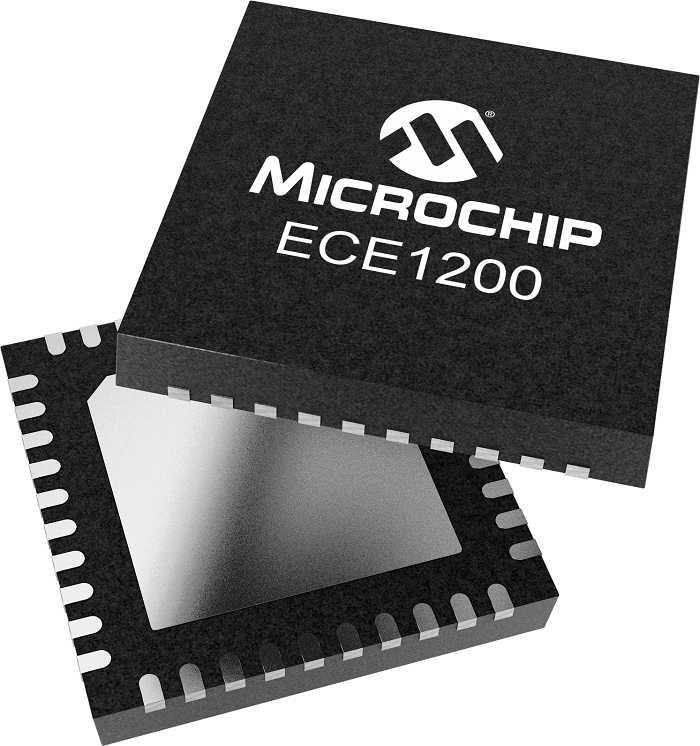By Carolyn Mathas, contributing writer
As an industry moves from transitioning boards with legacy low-pin-count (LPC) connectors and peripherals in favor of the new enhanced Serial Peripheral Interface (eSPI) standard, Microchip Technology Inc. is the first to unveil a commercial eSPI-to-LPC bridge. This enables developers to protect their large legacy LPC equipment investments by extending product lifetimes, as well as minimize the substantial development costs associated with the transition to a new standard.
The ECE1200 bridge implements a bridge function from an eSPI-configured Intel chipset to a legacy downstream system. It delivers master interfaces for an LPC bus, Serial IRQ, and CLKRUN# features. Directly powered by two Suspend (S5) supply planes, at 3.3 V and 1.8 V nominal, the 1.8-V supply is provided on two sets of pins: VTR_18 for I/O pins and VTR_18_CORE for internal logic. The 3.3-V supply VTR_33 is for 3.3-V I/O pins only.
The ECE1200 senses a runtime power plane (VCC) using the pin LPC_EN that comes from the PCH_PWROK signal supplied from the system to emulate VCC-powered functionality on the appropriate pins to avoid backdrive in the system.

The ECE1200 implements a bridge function from an eSPI-configured Intel chipset to a legacy downstream system.
Additional features include ACPI 6.1 compliance, detection and support of modern standby state with low standby current, support for LPC-based SIO and EC devices, and an industrial temperature range of −40°C to 85°C.
Adherence to the eSPI bus standard is required for new computing applications implementing next-generation chipsets and CPUs. The ECE1200 is simple to implement and does not require additional software. It includes a BIOS porting guide, schematics, and a layout guide.
The ECE1200-I/LD is currently available, housed in a 40-pin VQFN package, at a cost of $2.66 each in 10,000-unit quantities.
Advertisement
Learn more about Electronic Products Magazine





